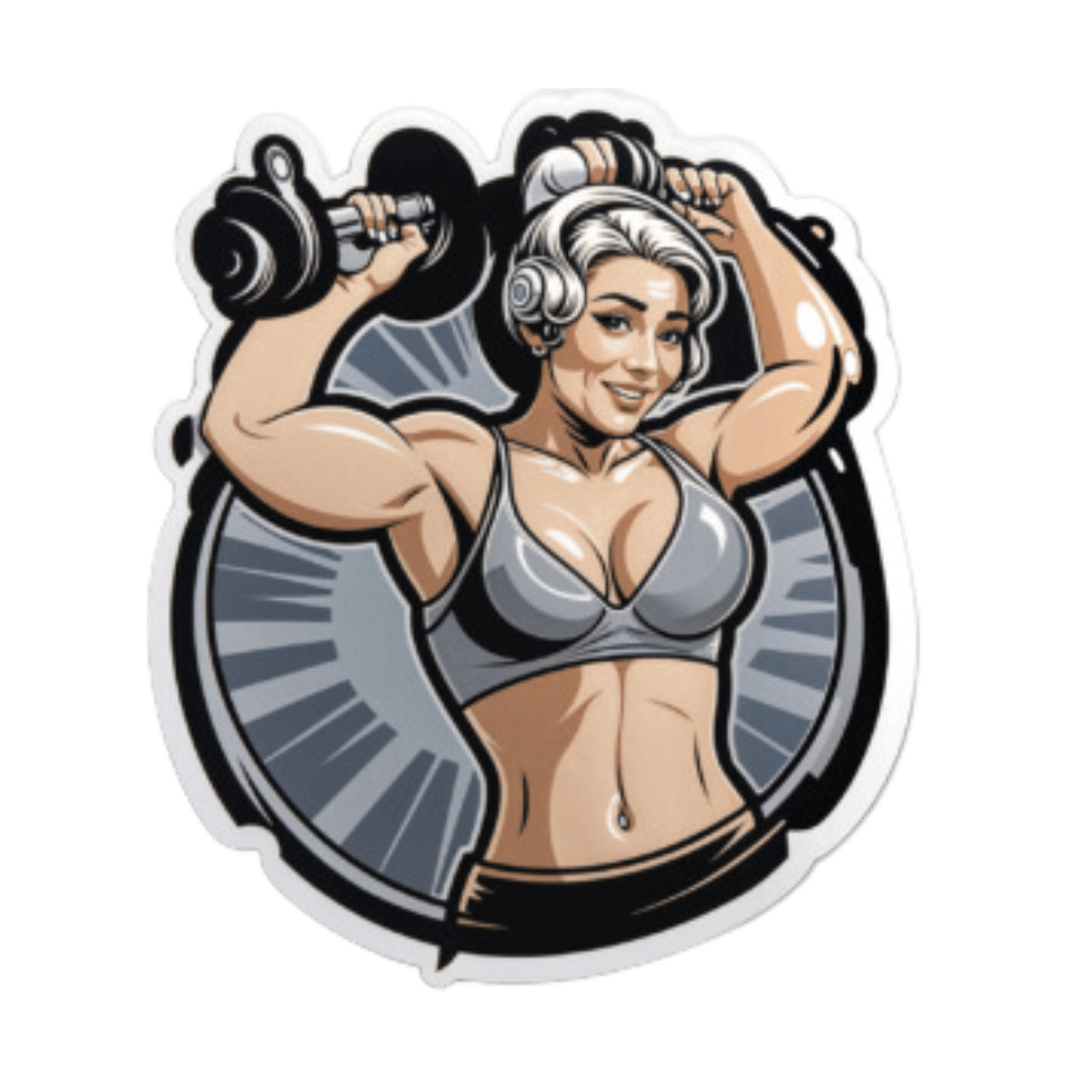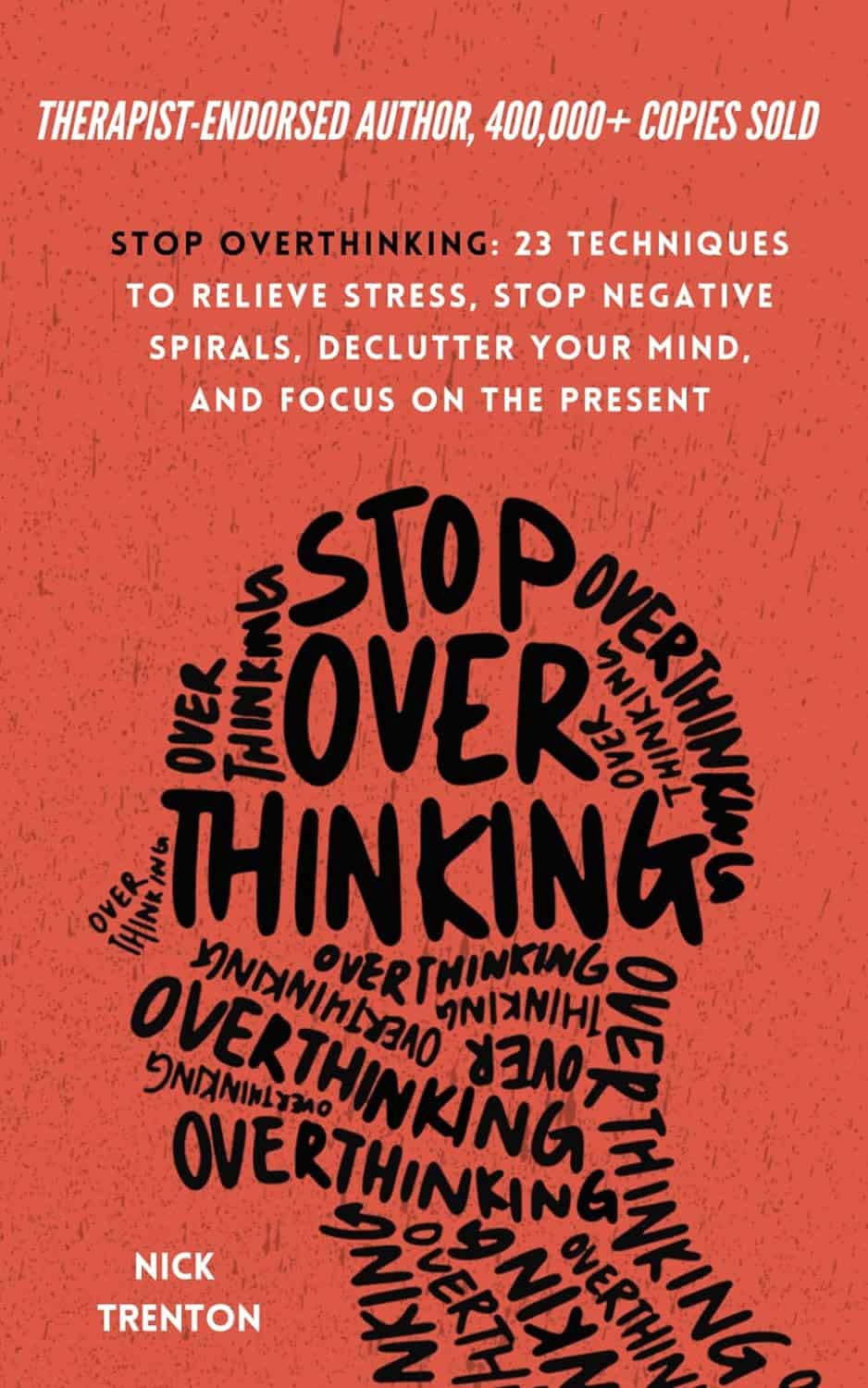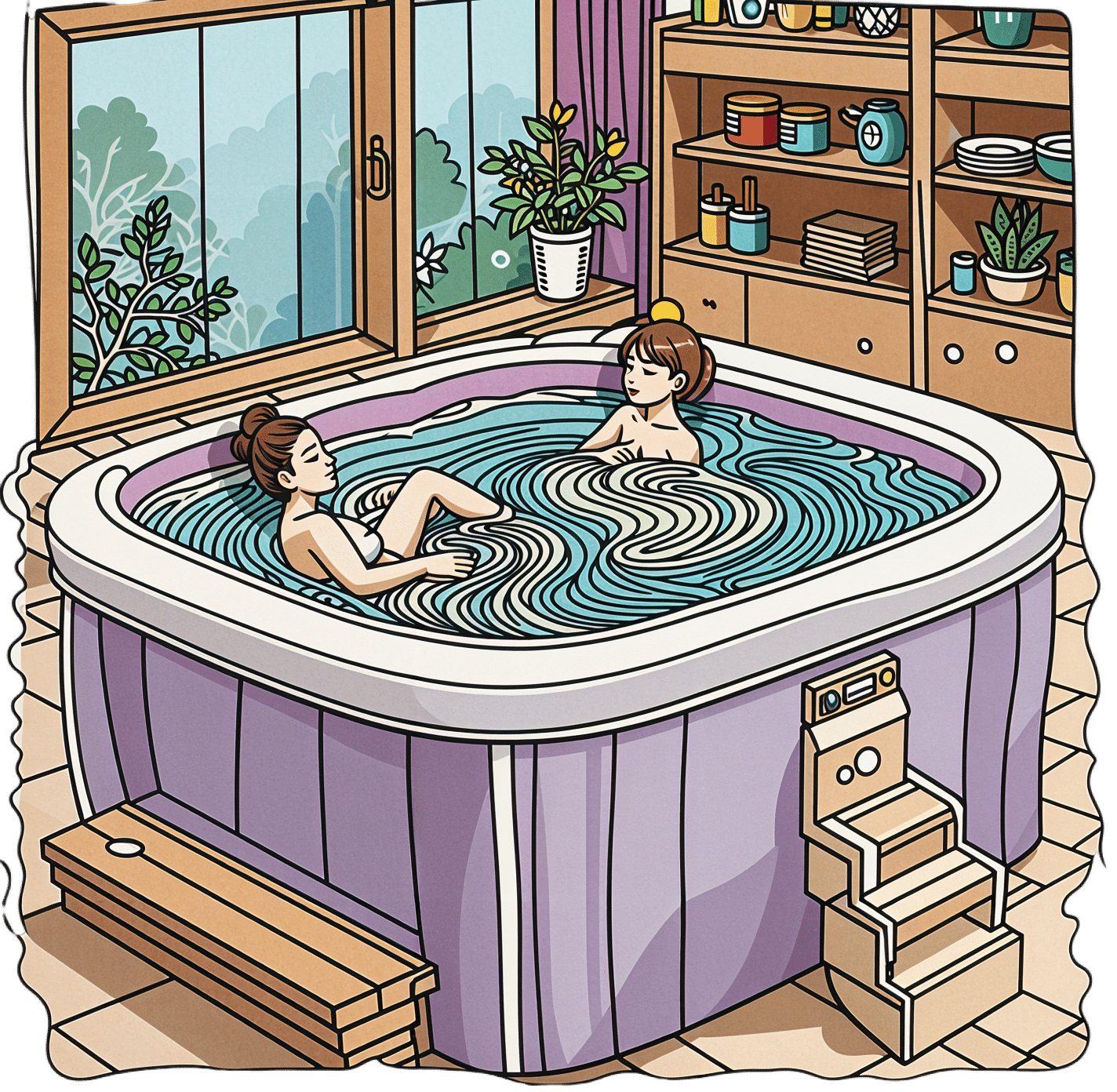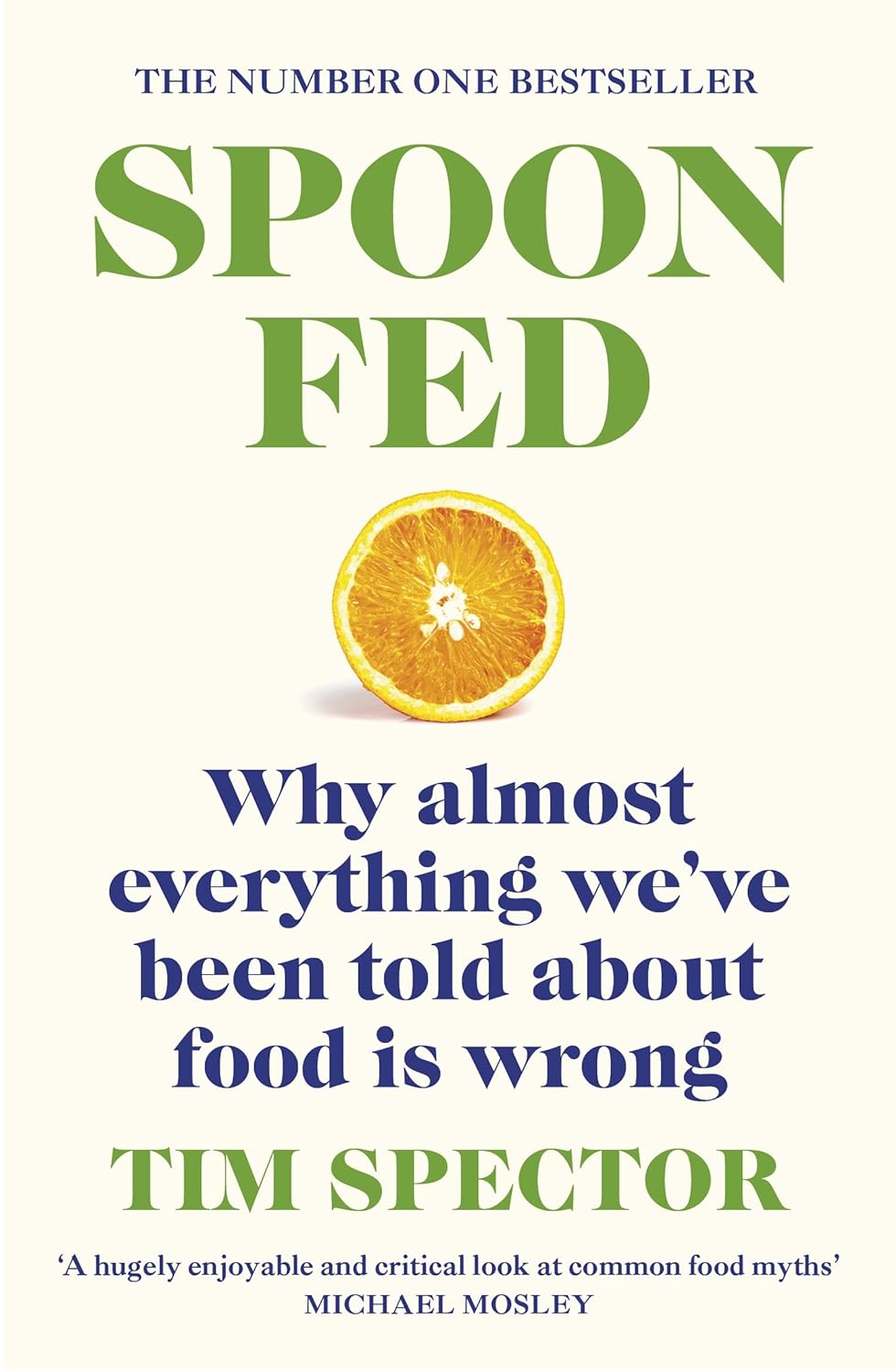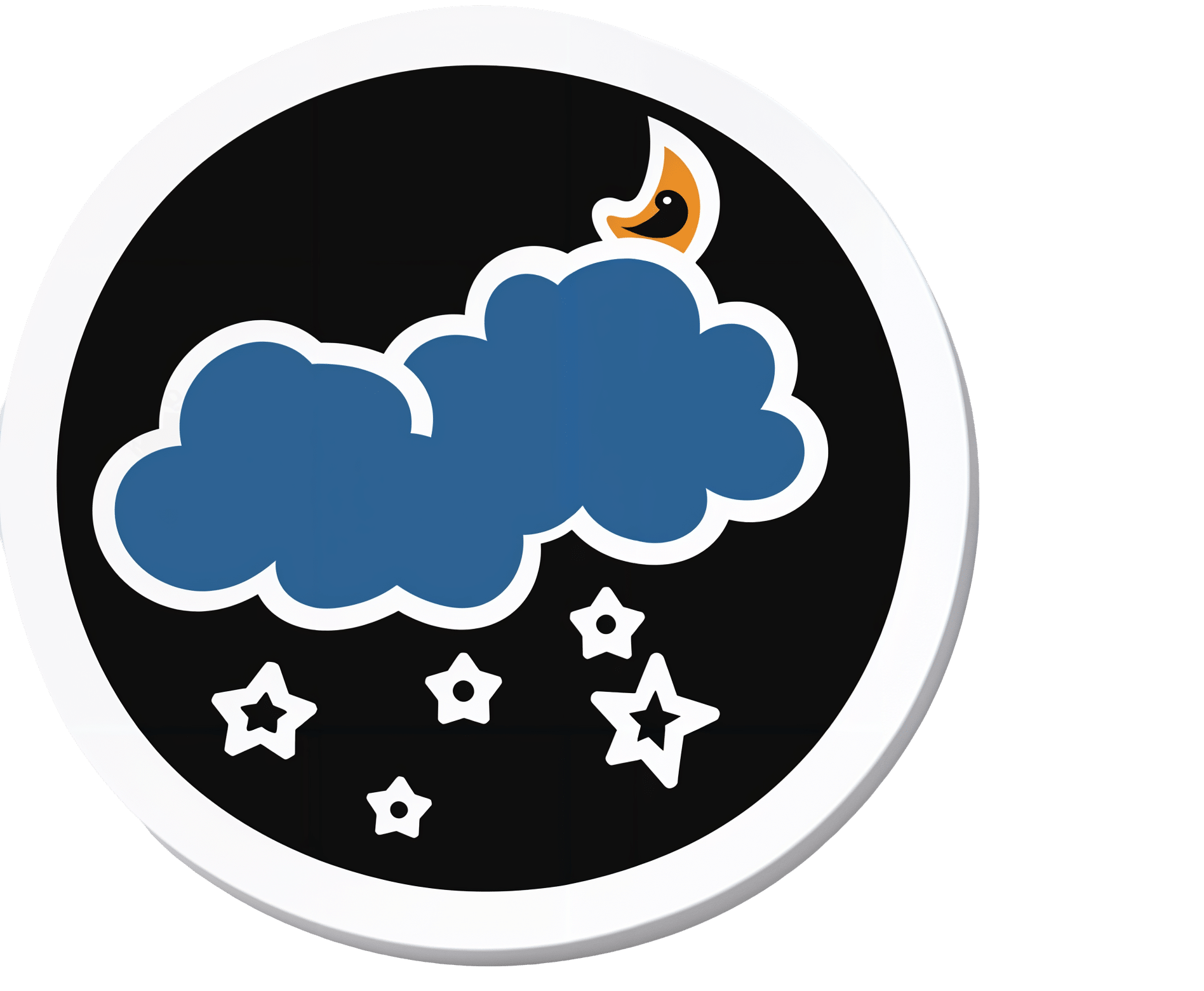
‘Tis To Season To Be SAD-Savvy
10almonds is reader-supported. We may, at no cost to you, receive a portion of sales if you purchase a product through a link in this article.
Seasonal Affective Disorder & SAD Lamps
For those of us in the Northern Hemisphere, it’s that time of the year; especially after the clocks recently went back and the nights themselves are getting longer. So, what to do in the season of 3pm darkness?
First: the problem
The problem is twofold:
- Our circadian rhythm gets confused
- We don’t make enough serotonin
The latter is because serotonin production is largely regulated by sunlight.
People tend to focus on item 2, but item 1 is important too—both as problem, and as means of remedy.
Circadian rhythm is about more than just light
We did a main feature on this a little while back, talking about:
- What light/dark does for us, and how it’s important, but not completely necessary
- How our body knows what time it is even in perpetual darkness
- The many peaks and troughs of many physiological functions over the course of a day/night
- What that means for us in terms of such things as diet and exercise
- Practical take-aways from the above
Read: The Circadian Rhythm: Far More Than Most People Know
With that in mind, the same methodology can be applied as part of treating Seasonal Affective Disorder.
Serotonin is also about more than just light
Our brain is a) an unbelievably powerful organ, and the greatest of any animal on the planet b) a wobbly wet mass that gets easily confused.
In the case of serotonin, we can have problems:
- knowing when to synthesize it or not
- synthesizing it
- using it
- knowing when to scrub it or not
- scrubbing it
- etc
Selective Serotonin Re-uptake Inhibitors (SSRIs) are a class of antidepressants that, as the name suggests, inhibit the re-uptake (scrubbing) of serotonin. So, they won’t add more serotonin to your brain, but they’ll cause your brain to get more mileage out of the serotonin that’s there, using it for longer.
So, whether or not they help will depend on you and your brain:
Read: Antidepressants: Personalization Is Key!
How useful are artificial sunlight lamps?
Artificial sunlight lamps (also called SAD lamps), or blue light lamps, are used in an effort to “replace” daylight.
Does it work? According to the science, generally yes, though everyone would like more and better studies:
- The Efficacy of Light Therapy in the Treatment of Seasonal Affective Disorder: A Meta-Analysis of Randomized Controlled Trials
- Blue-Light Therapy for Seasonal and Non-Seasonal Depression: A Systematic Review and Meta-Analysis of Randomized Controlled Trials
Interestingly, it does still work in cases of visual impairment and blindness:
How much artificial sunlight is needed?
According to Wirz-Justice and Terman (2022), the best parameters are:
- 10,000 lux
- full spectrum (white light)
- 30–60 minutes exposure
- in the morning
Source: Light Therapy: Why, What, for Whom, How, and When (And a Postscript about Darkness)
That one’s a fascinating read, by the way, if you have time.
Can you recommend one?
For your convenience, here’s an example product on Amazon that meets the above specifications, and is also very similar to the one this writer has
Enjoy!
Don’t Forget…
Did you arrive here from our newsletter? Don’t forget to return to the email to continue learning!
Recommended
Learn to Age Gracefully
Join the 98k+ American women taking control of their health & aging with our 100% free (and fun!) daily emails:
-
Staying Strong: Tips To Prevent Muscle Loss With Age
10almonds is reader-supported. We may, at no cost to you, receive a portion of sales if you purchase a product through a link in this article.
Dr. Andrea Furlan, specialist in physical medicine and rehabilitation with 30 years of experience, has advice:
Fighting sarcopenia
Sarcopenia is so common as to be considered “natural”, but “natural” does not mean “obligatory” and it certainly doesn’t mean “healthy”. As for how to fight it?
You may be thinking “let us guess, is it eat protein and do resistance exercises? And yes it is, but that’s only part of it…
Firstly, she recommends remembering why you are doing this, or because understanding is key to compliance (i.e. your perfect diet and exercise program will mean nothing if you don’t actually do it, and you won’t do it enough to make it a habit, let alone keep it up, if the reasons aren’t clear in your mind).
Sarcopenia comes with an increased risk of falls, reduced physical capacity in general, resultant disability, social isolation, and depression. Of course, this is not a one-to-one equation; you will not necessarily become depressed the moment your muscle mass is below a certain percentage, but statistically speaking, the road to ruin is laid out clearly.
Secondly, she recommends being on the lookout for it. If you check your body composition regularly with a gadget, that’s great and laudable; if you don’t, then a) consider getting one (here’s an example product on Amazon), and b) watch out for decreased muscle strength, fatigue, reduced stamina, noticeable body shape changes with muscle loss and (likely) fat gain.
Thirdly, she recommends more than just regular resistance training and good protein intake. Yes, she recommends those things too, but also getting enough water (can’t rebuild the body without it), avoiding a sedentary lifestyle (sitting leads to atrophy of many supporting and stabilizing muscles, you know, the kind of muscles that don’t look flashy but stop you falling down), and getting good sleep—vital for all kinds of body maintenance, and muscle maintenance is no exception (there’s a reason bodybuilders sleep 9–12 hours daily when in a gaining phase; you don’t need to do that, but don’t skimp on your 7–9 hours, yes, really, even you, yes, at any age).
Lastly, she recommends continuing to learn about the topic, as otherwise it’s easy to go off-track.
For more information on all of the above and more, enjoy:
Click Here If The Embedded Video Doesn’t Load Automatically!
Want to learn more?
You might also like to read:
- Protein: How Much Do We Need, Really?
- Resistance Is Useful! (Especially As We Get Older)
- Resistance Beyond Weights
- HIIT, But Make It HIRT ← this is about high-intensity resistance training (HIRT); confusing the muscles like one confuses the heart in HIIT, which thus yields improved results
- Sleep: Yes, You Really Do Still Need It
Take care!
Share This Post
-
Stop Overthinking – by Nick Trenton
10almonds is reader-supported. We may, at no cost to you, receive a portion of sales if you purchase a product through a link in this article.
This book is exactly what it says on the tin. We are given twenty-three techniques to relieve stress, stop negative spirals, declutter your mind, and focus on the present, in the calm pursuit of good mental health and productivity.
The techniques are things like the RAIN technique above, so if you liked that, you’ll love this. Being a book rather than a newsletter, it also takes the liberty of going into much more detail—hence the 200 pages for 23 techniques. Unlike many books, it’s not packed in fluff either. It’s that perfect combination of “to the point” and “very readable”.
If you’ve read this far into the review and you’re of two minds about whether or not this book could be useful to you, then you just might be overthinking it
Share This Post
-
How Useful Is Hydrotherapy?
10almonds is reader-supported. We may, at no cost to you, receive a portion of sales if you purchase a product through a link in this article.
Hyyyyyyydromatic…
Hydrotherapy is a very broad term, and refers to any (external) use of water as part of a physical therapy. Today we’re going to look at some of the top ways this can be beneficial—maybe you’ll know them all already, but maybe there’s something you hadn’t thought about or done decently; let’s find out!
Notwithstanding the vague nature of the umbrella term, some brave researchers have done a lot of work to bring us lots of information about what works and what doesn’t, so we’ll be using this to guide us today. For example:
Scientific Evidence-Based Effects of Hydrotherapy on Various Systems of the Body
Swimming (and similar)
An obvious one, this can for most people be a very good full-body exercise, that’s exactly as strenuous (or not) as you want/need it to be.
It can be cardio, it can be resistance, it can be endurance, it can be high-intensity interval training, it can be mobility work, it can be just support for an aching body that gets to enjoy being in the closest to zero-gravity we can get without being in freefall or in space.
See also: How To Do HIIT (Without Wrecking Your Body)
Depending on what’s available for you locally (pool with a shallow area, for example), it can also be a place to do some exercises normally performed on land, but with your weight being partially supported (and as a counterpoint, a little resistance added to movement), and no meaningful risk of falling.
Tip: check out your local facilities, to see if they offer water aerobics classes; because the water necessitates slow movement, this can look a lot like tai chi to watch, but it’s great for mobility and balance.
Water circuit therapy
This isn’t circuit training! Rather, it’s a mixture of thermo- and cryotherapy, that is to say, alternating warm and cold water immersion. This can also be interspersed with the use of a sauna, of course.
See also:
- Ice Baths: To Dip Or Not To Dip?
- Saunas: Health Benefits (& Caveats)
- The Stress Prescription (Against Aging!)
this last one is about thermal shock-mediated hormesis, which sounds drastic, but it’s what we’re doing here with the hot and cold, and it’s good for most people!
Pain relief
Most of the research for this has to do with childbirth pain rather than, for example, back pain, but the science is promising:
Post-exercise recovery
It can be tempting to sink into a hot bath, or at least enjoy a good hot shower, after strenuous exercise. But does it help recovery too? The answer is probably yes:
Effect of hot water immersion on acute physiological responses following resistance exercise
For more on that (and other means of improving post-exercise recovery), check out our previous main feature:
How To Speed Up Recovery After A Workout (According To Actual Science)
Take care!
Share This Post
Related Posts
-
Spoon-Fed – by Dr. Tim Spector
10almonds is reader-supported. We may, at no cost to you, receive a portion of sales if you purchase a product through a link in this article.
Dr. Spector looks at widespread beliefs about food, and where those often scientifically disproven beliefs come from. Hint, there’s usually some manner of “follow the money”.
From calorie-counting to cholesterol content, from fish to bottled water, to why of all the people who self-report having an allergy, only around half turn out to actually have one when tested, Dr. Spector sets the record straight.
The style is as very down-to-earth and not at all self-aggrandizing; the author acknowledges his own mistakes and limitations along the way. In terms of pushing any particular agenda, his only agenda is clear: inform the public about bad science, so that we demand better science going forwards. Along the way, he gives us lots of information that can inform our personal health choices based on better science than indiscriminate headlines wildly (and sometimes intentionally) misinterpreting results.
Read this book, and you may find yourself clicking through to read the studies for yourself, next time you see a bold headline.
Bottom line: this book looks at a lot of what’s wrong with what a lot of people believe about healthy eating. Regular 10almonds readers might not find a lot that’s new here, but it could be a great gift for a would-be health-conscious friend or relative
Don’t Forget…
Did you arrive here from our newsletter? Don’t forget to return to the email to continue learning!
Learn to Age Gracefully
Join the 98k+ American women taking control of their health & aging with our 100% free (and fun!) daily emails:
-
Peony Against Inflammation & More
10almonds is reader-supported. We may, at no cost to you, receive a portion of sales if you purchase a product through a link in this article.
Yes, this is about the flower, especially white peony (Paeonia lactiflora), and especially the root thereof (Paeoniae radix alba). Yes, the root gets a different botanical name but we promise it is the same plant. You will also read about its active glycoside paeoniflorin, and less commonly, albiflorin (a neuroprotective glycoside present in the root).
It’s one of those herbs that has made its way out of Traditional Chinese Medicine and into labs around the world.
It can be ingested directly as food, or as a powder/capsule, or made into tea.
Anti-inflammatory
Peony suppresses inflammatory pathways, which thus reduces overall inflammation. In particular, this research review found:
❝Pharmacologically, paeoniflorin exhibits powerful anti-inflammatory and immune regulatory effects in some animal models of autoimmune diseases including Rheumatoid Arthritis (RA) and Systemic Lupus Erythematosus (SLE)❞
The reviewers also (albeit working from animal models) suggest it may be beneficial in cases of kidney disease and liver disease, along with other conditions.
Here’s a larger review, which also has studies involving humans (and in vivo studies), that found it to effectively help treat autoimmune conditions including rheumatoid arthritis and psoriasis, amongst others:
❝Modern pharmacological research on TGP is based on the traditional usage of PRA, and its folk medicinal value in the treatment of autoimmune diseases has now been verified. In particular, TGP has been developed into a formulation used clinically for the treatment of autoimmune diseases.
Based on further research on its preparation, quality control, and mechanisms of action, TGP is expected to eventually play a greater role in the treatment of autoimmune diseases. ❞
(TGP = Total Glucosides of Paeony)
Antidepressant / Anxiolytic
It also acts as a natural serotonin reuptake inhibitor (as per many pharmaceutical antidepressants), by reducing the expression of the serotonin transporter protein:
Gut Microbiota-Based Pharmacokinetics and the Antidepressant Mechanism of Paeoniflorin
(remember, most serotonin is produced in the gut)
Here’s how that played out when tested (on rats, though):
Against PMS and/or menopause symptoms
Peony is widely used in Traditional Chinese Medicine to reduce these symptoms in general. However, we couldn’t find a lot of good science for that, although it is very plausible (as the extract contains phytoestrogens and may upregulate estrogen receptors while dialling down testosterone production). Here’s the best we could find for that, and it’s a side-by-side along with licorice root:
❝Paeoniflorin, glycyrrhetic acid and glycyrrhizin decreased significantly the testosterone production but did not change that of delta 4-androstenedione and estradiol. Testosterone/delta 4-androstenedione production ratio was lowered significantly by paeoniflorin, glycyrrhetic acid and glycyrrhizin❞
Effect of paeoniflorin, glycyrrhizin and glycyrrhetic acid on ovarian androgen production
(note: that it didn’t affect estradiol levels is reasonable; it contains phytoestrogens after all, not estradiol—and in fact, if you are taking estradiol, you might want to skip this one, as its phytoestrogens could compete with your estradiol for receptors)
Want to try some?
We don’t sell it, but here for your convenience is an example product on Amazon 😎
Enjoy!
Don’t Forget…
Did you arrive here from our newsletter? Don’t forget to return to the email to continue learning!
Learn to Age Gracefully
Join the 98k+ American women taking control of their health & aging with our 100% free (and fun!) daily emails:
-
The Sweet Truth About Diabetes
10almonds is reader-supported. We may, at no cost to you, receive a portion of sales if you purchase a product through a link in this article.
There’s A Lot Of Confusion About Diabetes!
For those readers who are not diabetic, nor have a loved one who is diabetic, nor any other pressing reason to know these things, first a quick 101 rundown of some things to understand the rest of today’s main feature:
- Blood sugar levels: how much sugar is in the blood, measured in mg/dL or mmol/L
- Hyperglycemia or “hyper” for short: too much sugar in the blood
- Hypoglycemia or “hypo” for short: too little sugar in the blood
- Insulin: a hormone that acts as a gatekeeper to allow sugar to pass, or not pass, into various parts of the body
- Type 1 diabetes (sometimes capitalized, and/or abbreviated to “T1D”) is an autoimmune disorder that prevents the pancreas from being able to supply the body with insulin. This means that taking insulin consistently is necessary for life.
- Type 2 diabetes is a matter of insulin resistance. The pancreas produces plenty of insulin, but the body has become desensitized to it, so it doesn’t work properly. Taking extra insulin may sometimes be necessary, but for many people, it can be controlled by means of a careful diet and other lifestyle factors.
With that in mind, on to some very popular myths…
Diabetes is caused by having too much sugar
While sugar is not exactly a health food, it’s not the villain of this story either.
- Type 1 diabetes has a genetic basis, triggered by epigenetic factors unrelated to sugar.
- Type 2 diabetes comes from a cluster of risk factors which, together, can cause a person to go through pre-diabetes and acquire type 2 diabetes.
- Those risk factors include:
- A genetic predisposition
- A large waist circumference
- (this is more relevant than BMI or body fat percentage)
- High blood pressure
- A sedentary lifestyle
- Age (the risk starts rising at 35, rises sharply at 45, and continues upwards with increasing age)
- Those risk factors include:
Read more: Risk Factors for Type 2 Diabetes
Diabetics can’t have sugar
While it’s true that diabetics must be careful about sugar (and carbs in general), it’s not to say that they can’t have them… just: be mindful and intentional about it.
- Type 1 diabetics will need to carb-count in order to take the appropriate insulin bolus. Otherwise, too little insulin will result in hyperglycemia, or too much insulin will result in hypoglycemia.
- Type 2 diabetics will often be able to manage their blood sugar levels with diet alone, and slow-release carbs will make this easier.
In either case, having quick release sugars will increase blood sugar levels (what a surprise), and sometimes (such as when experiencing a hypo), that’s what’s needed.
Also, when it comes to sugar, a word on fruit:
Not all fruits are equal, and some fruits can help maintain stable blood sugar levels! Read all about it:
Fruit Intake to Prevent and Control Hypertension and Diabetes
Artificial sweeteners are must-haves for diabetics
Whereas sugar is a known quantity to the careful diabetic, some artificial sweeteners can impact insulin sensitivity, causing blood sugars to behave in unexpected ways. See for example:
The Impact of Artificial Sweeteners on Body Weight Control and Glucose Homeostasis
If a diabetic person is hyper, they should exercise to bring their blood sugar levels down
Be careful with this!
- In the case of type 2 diabetes, it may (or may not) help, as the extra sugar may be used up.
- Type 1 diabetes, however, has a crucial difference. Because the pancreas isn’t making insulin, a hyper (above a certain level, anyway) means more insulin is needed. Exercising could do more harm than good, as unlike in type 2 diabetes, the body has no way to use that extra sugar, without the insulin to facilitate it. Exercising will just pump the syrupy hyperglycemic blood around the body, potentially causing damage as it goes (all without actually being able to use it).
There are other ways this can be managed that are outside of the scope of this newsletter, but “be careful” is rarely a bad approach.
Read more, from the American Diabetes Association:
Don’t Forget…
Did you arrive here from our newsletter? Don’t forget to return to the email to continue learning!
Learn to Age Gracefully
Join the 98k+ American women taking control of their health & aging with our 100% free (and fun!) daily emails:


